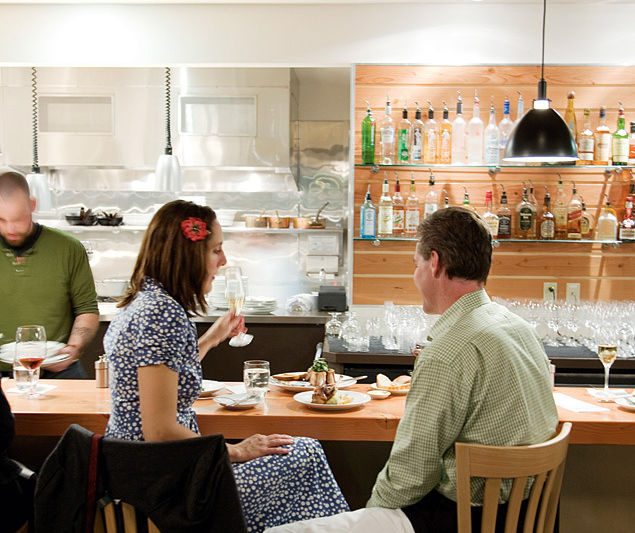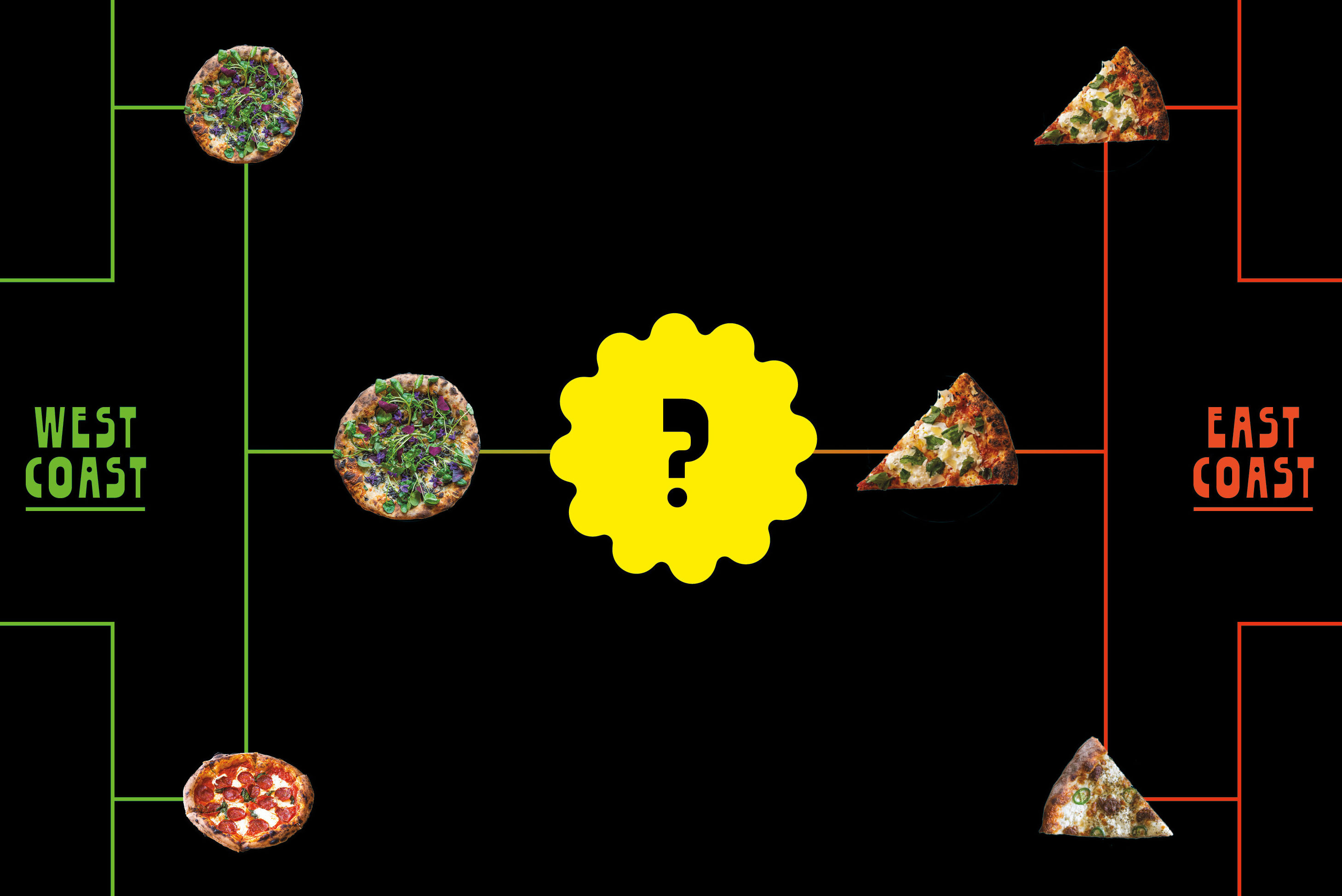Shaky Ground

Image: Steven Scardina
It was inevitable. You don’t just open a fancy restaurant on the gritty corner of NE Fremont and four-lane NE MLK Jr Blvd—kitty-corner to a Chevron and just north of a Popeye’s fried chicken shack—and display a name like Terroir in huge cursive letters above the door without eliciting at least a few snickers.
“Who’d name a restaurant ‘terror’?” one of my neighbors asked me one day.
“Well, it’s actually pronounced …” I started to explain, but then, embarrassed, stopped. For those who don’t know how to pronounce it, however, it’s tehr-WAHR—a French word that literally translates to “soil” or “earth,” although it’s more complicated than that. For winemakers, it’s become an all-encompassing word that describes (at the risk of oversimplification) the unique conditions of a viticultural site—be they soil, climate or topography—that are reflected in a wine’s overall characteristics.
Seeing as how Terroir stood on the former site of a convenience store, I assumed chef Stu Stein, who’d recently arrived in Portland from Ashland’s Peerless Restaurant, wasn’t going to try to evoke the flavors and mouth feel of Doritos and Ding Dongs. But I was also suspicious of what the menu said he was evoking: “A taste of the Pacific Northwest.” Hadn’t that already been done? What more could Stein do with it?
The first time I ate there, however, I was pleasantly surprised. Sure, its tone was a bit off—it felt touristy, the lights shone too bright, menu headings like “raw, cured, marinated & barely cooked” were overwrought, and servers pronounced “terroir” with a painful self-consciousness, but the food wasn’t half bad.
Served in small portions at prices that ranged from $5 to $10 for the most part, Terroir’s fare spanned a simple, French-inspired chicken-and-rabbit pâté to Italian caraway-ricotta gnocchi. Presumably the ingredients themselves provided the promised Pacific Northwest regional inflection, although nothing aside from balsamic vinegar, rabbit and some cheeses was specifically locally sourced on that day’s dinner menu.
Nonetheless, a house-cured salmon “pastrami” was smoky and rich, served with rye crackers and pickled red onions. In a delicious nod to the classic bistro dish poireaux vinaigrette, a plate of pleasantly marinated leeks topped with poached egg, sheep’s milk cheese and mustard vinaigrette was the perfect foil for many of the wines on offer. And roasted beef marrow bones à la Fergus Henderson, the London-based chef who popularized the dish, came served with an herb salad and toasted brioche and offered just cause for repeat visits.
Stein’s caraway and ricotta gnocchi, on the other hand, needed help. Sticky and mealy inside, they were only salvaged by the much-needed moisture of the accompanying Italian kale and mustard cream. I wasn’t inclined to order it again.
Unfortunately, on my second visit, dishes ran more along the latter lines. Unusually thick, two-inch-wide ribbons of black pepper pappardelle were stiff, chewy and way too peppery, and they came in an overpoweringly sweet, thin broth studded with apricots, large chunks of onions and carrots, and undercooked lamb. This was supposed to be a “braised lamb shoulder ragù,” but it was as though the chefs had forgotten to cook it down so that it became the thick, incorporated sauce that a ragù is supposed to be.
A roasted pumpkin and garlic flan sagged in the middle due to undercooking one night. On yet another visit, the flan’s flavors were more cohesive, but it was, unfortunately, overcooked.
Perhaps the only cardinal abomination, however, was a dish that consisted of goat cheese mac ’n’ cheese placed in a ring mold between a layer of steamed chard (on the bottom) and “12-hour natural veal cheeks” (on top). My wide-eyed waiter had told me the dish was “frickin’ awesome,” but, well, it wasn’t. Either the cheek was butchered wrong or it wasn’t cooked for the advertised 12 hours, because it was rubbery and tough, while the mac ’n’ cheese might have tasted good had it not been cold.
As I continued to dine at Terroir, the kitchen’s execution greatly improved, but in each dish, one element was usually off. A braised beef short rib and mushroom tart came with a pile of stringy leeks and the braised beef was, again, tough. A seared salmon was flawlessly cooked and accompanied by an intriguing crêpe stuffed with olives, but the beets were underdone.
While a few dishes were ambitious enough to impress me, and the wine list (which includes affordable two-ounce tastes) offers a smartly curated collection of exclusively Pacific Northwest vintages, the restaurant could use quite a bit of tuning. It’s far from a “terror” to the neighborhood, but it’s not exactly exhibiting the subtlety and grace that truly define “terroir” either.




